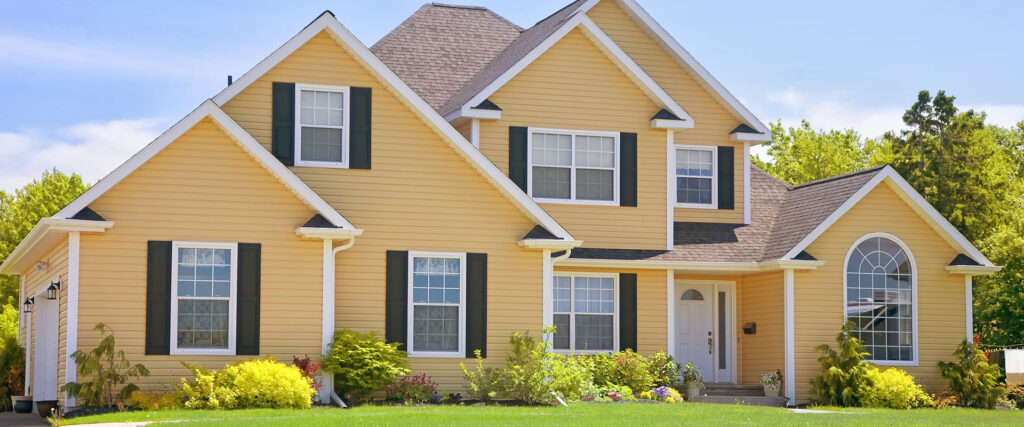Why Siding Lifespan Matters for Homeowners
Siding plays a huge role in how your home looks, feels, and performs. It protects against weather, improves energy efficiency, and boosts curb appeal. But siding isn’t a forever product. Eventually, it wears out. So it’s no surprise many homeowners ask the same question: how long does siding last?
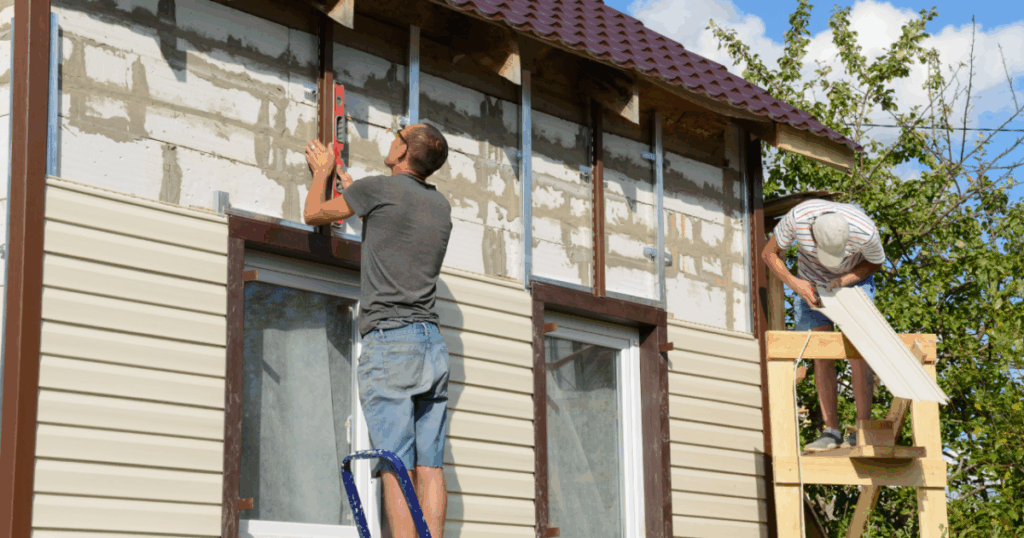
The short answer: it depends. Different materials age at different rates, and factors like climate, maintenance, and installation quality can either extend or shorten a siding’s usable life.
Let’s break it down by material to help you choose the right fit for your home and budget.
Vinyl Siding Lifespan: Affordable and Durable
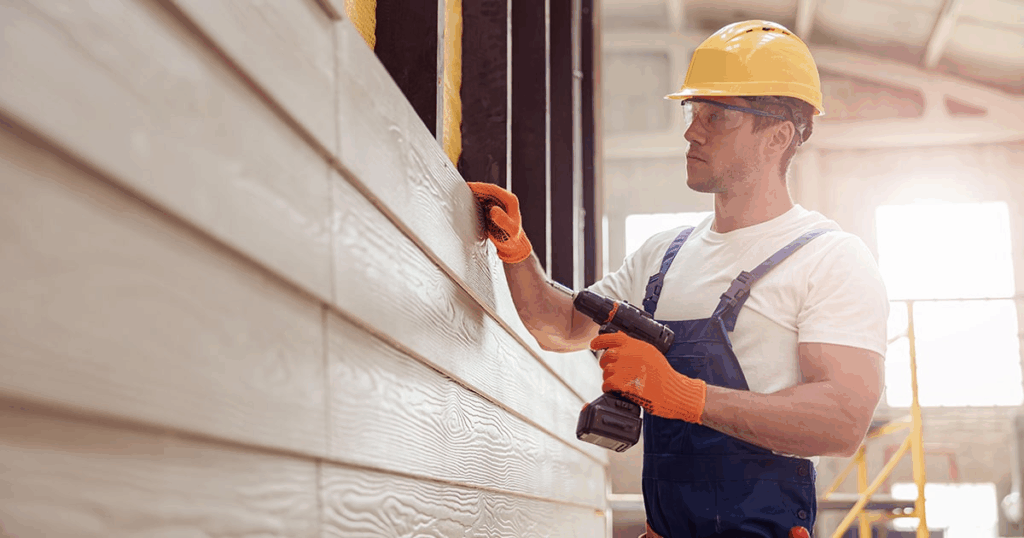
Vinyl is one of the most popular siding materials on the market today. It’s cost-effective, low maintenance, and available in a wide range of colors and styles.
Average Lifespan: 20–40 years
Factors that affect lifespan:
- UV exposure (sun can fade cheap vinyl)
- Quality of product (thicker panels last longer)
- Professional installation and sealing
- Regular cleaning to prevent mold and mildew
While vinyl doesn’t rot or attract pests, it can become brittle over time – especially in areas with extreme temperature swings. Cracks and fading are usually the first signs it’s time to consider replacement.
If you’re wondering about the cost differences between vinyl and other options, you might also want to explore what contributes to the siding installation cost. Labor, insulation, and the size of your home can all influence the final price tag.
Fiber Cement Siding: Long-Term Performance

Fiber cement (like James Hardie siding) is known for its strength, durability, and resistance to fire and moisture. It’s a popular choice for homeowners who want the look of wood without the ongoing upkeep.
Average Lifespan: 30–50 years
Pros:
- Resists rot, insects, and fire
- Holds paint longer than wood
- Performs well in most climates
Cons:
- Heavier and more expensive to install
- Requires repainting every 15–20 years
With proper installation and some occasional maintenance, fiber cement siding can easily last five decades or more. It’s a smart investment if you’re planning to stay in your home long term and want to avoid frequent replacements.
Wood Siding: Beautiful but Demanding
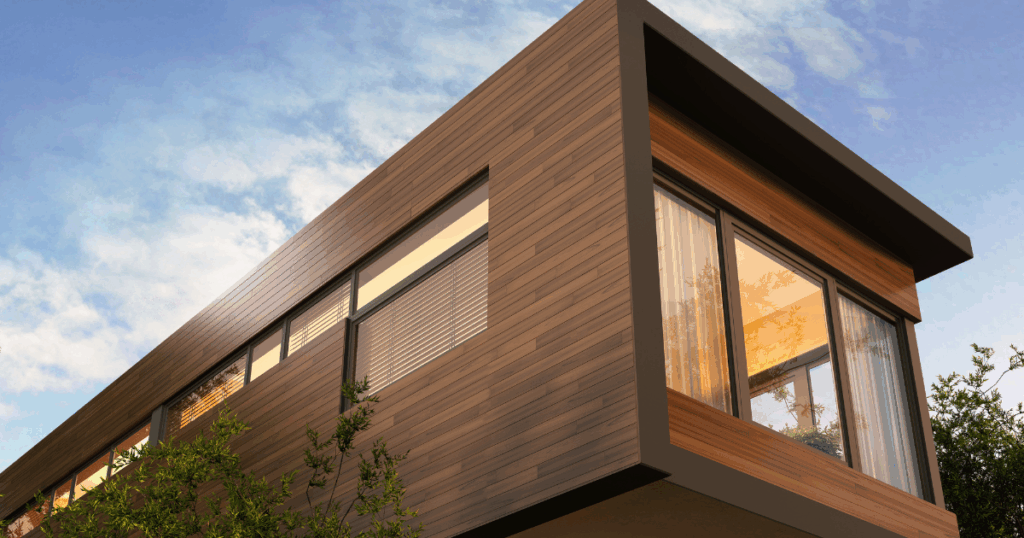
Wood offers a timeless, natural look that many homeowners love. But it requires more care and attention than other materials.
Average Lifespan: 15–30 years (with high maintenance)
Key maintenance requirements:
- Regular sealing or painting
- Annual inspections for rot or insects
- Prompt repairs to cracked or warped panels
Cedar and redwood last longer than pine or spruce, but even the most durable wood siding will eventually need replacement. Without consistent upkeep, lifespan can drop significantly. While the visual charm of wood is hard to beat, it comes with a higher long-term cost in terms of both time and money.
Engineered Wood Siding: A Middle Ground Option
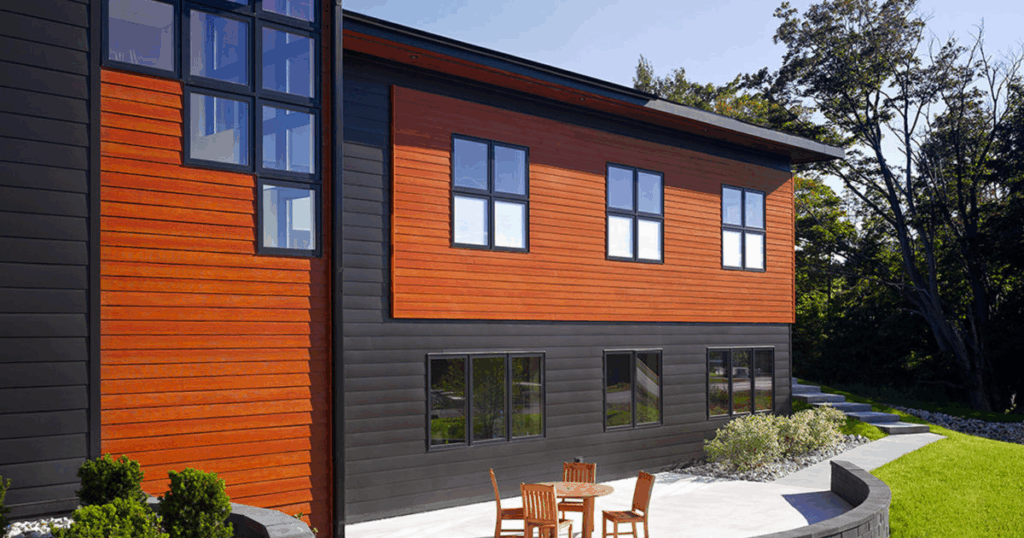
Engineered wood offers the look of real wood with fewer maintenance headaches. It’s made from wood fibers and resin, which makes it more resistant to moisture and pests.
Average Lifespan: 20–30 years
Advantages:
- Less expensive than natural wood
- Easier to install
- Resists warping and insect damage
Still, it’s important to inspect engineered wood regularly. If the protective coating is compromised, moisture can penetrate and cause swelling or decay.
Aluminum and Steel Siding: Less Common, Still Viable
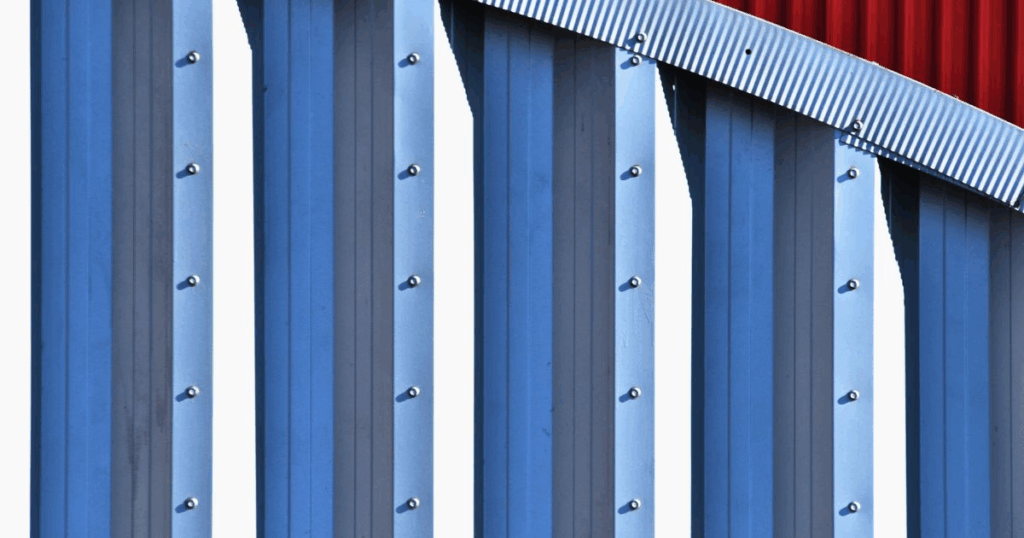
Though not as trendy as they once were, metal siding materials still have a place—especially on modern or industrial-style homes.
Aluminum Lifespan: 20–40 years
Steel Lifespan: 40–50 years
Metal siding resists fire and insects, but it can dent easily (especially aluminum) and may corrode in humid climates. It also requires repainting over time to stay looking fresh.
What Shortens the Life of Any Siding?
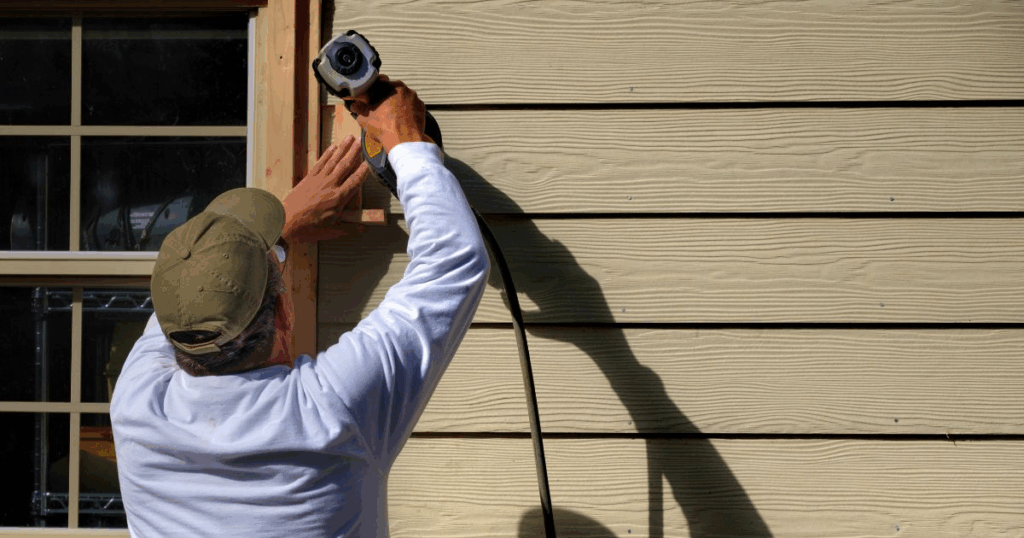
Even high-quality siding can wear out faster due to:
- Poor installation
- Lack of insulation or house wrap
- Neglected maintenance (like failing caulking or cracked panels)
- Harsh weather (freeze-thaw cycles, hail, wind)
- Improper cleaning methods (like pressure washing soft materials)
If you’re replacing windows or upgrading your exterior in stages, it’s smart to coordinate projects. For example, certain types of house windows can affect the installation process for new siding – especially if trim or flashing is involved.
When to Replace Your Siding
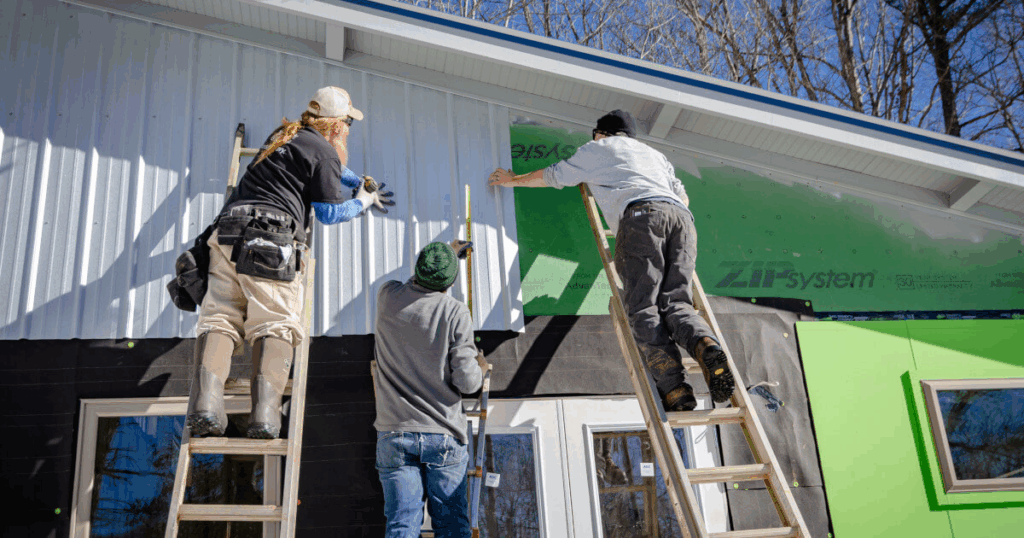
Here are common signs your siding may be nearing the end of its lifespan:
- Cracks, holes, or visible warping
- Faded color or chalky residue
- Mold or mildew growth
- Rising energy bills
- Water stains or rot underneath panels
- Loose or noisy sections in wind
If you’re seeing more than one of these, it might be time to budget for siding replacement. Waiting too long can lead to hidden damage, especially in wood-based siding systems.
Final Thoughts: How Long Does Siding Last?
So, how long does siding last? It depends on the material, how well it’s installed, and how much maintenance you put in. While wood might give you 15–30 years with effort, vinyl can push 40, and fiber cement can stretch to 50 with proper care.
Understanding siding material lifespan helps you make better decisions not just for aesthetics, but also for long-term performance and cost savings. Whether you’re planning a full exterior remodel or tackling projects in phases, knowing what to expect from your siding will help you protect your investment.
Author
-

James Kotler is a versatile content writer with a passion for crafting clear, engaging, and informative articles across a variety of niches. From home improvement and technology to health, finance, and lifestyle, James brings a thoughtful and research-driven approach to every topic he covers. With a knack for breaking down complex ideas into simple, reader-friendly content, he helps audiences stay informed and inspired.

